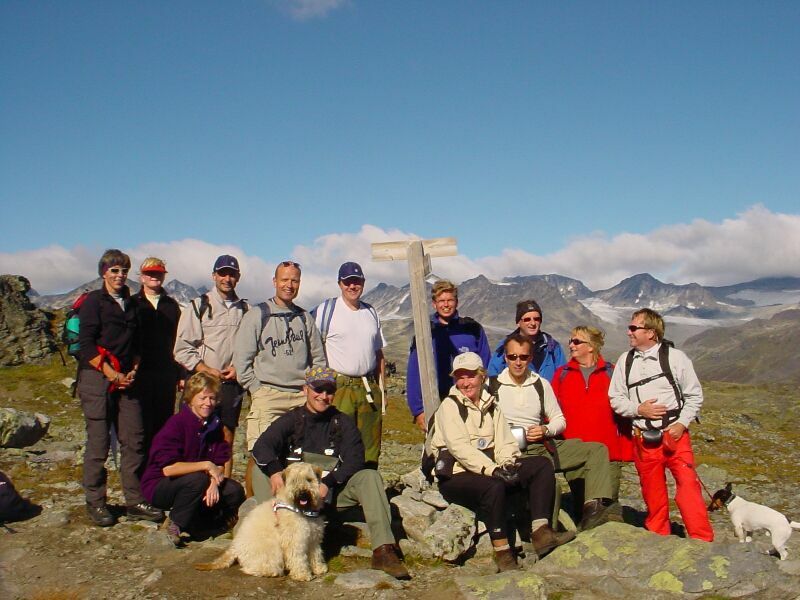Tel-Aviv (place in Babylonia mentioned in the Bible)
The name "Tel-Aviv" was taken by Nahum Sokolov from the Book of Ezekiel, 3:15 : "Then I came to them of the captivity at Tel-Aviv, that lived by the river Chebar, and to where they lived; and I sat there overwhelmed among them seven days." The place called Tel-Aviv in the Hebrew Bible is usually spelt Tel-abib or similarly in Bible translations. The Aviv referred to may have been the season of Spring directly, or it may have referred to a god or goddess in Mesopotamian belief of the time who caused Spring to come.
Tel-Aviv-Yafo is an Israeli city on the coast of the Mediterranean Sea. Tel-Aviv is also part of the largest and most populous metropolitan area in Israel, known as Gush Dan ("Dan Aggregate").
Some states regard Tel Aviv as the legitimate capital of Israel, due to disagreements over the status of Jerusalem. Most base their consulates and embassies in Tel Aviv, without expressing an opinion on the status of either city. Israel rejects their claims and insists that Tel Aviv ceased to be capital in 1948.
The larger metropolitan area comprises a number of separate municipalities with around 1.8 million people living in the 14 km sprawl along the Mediterranean coast. Tel-Aviv-Yafo itself has a population of 365,000 and a land area of approximately 50,500 dunums (50.5 sq. km), making it the second largest city (in terms of population) in Israel. Bat Yam, Holon, Ramat Gan, Givatayim, Bnei Brak, Petah Tikva, Rishon LeZion, Ramat Ha-Sharon and Herzliyya are the other major cities in the area known as Gush Dan .
View Images





